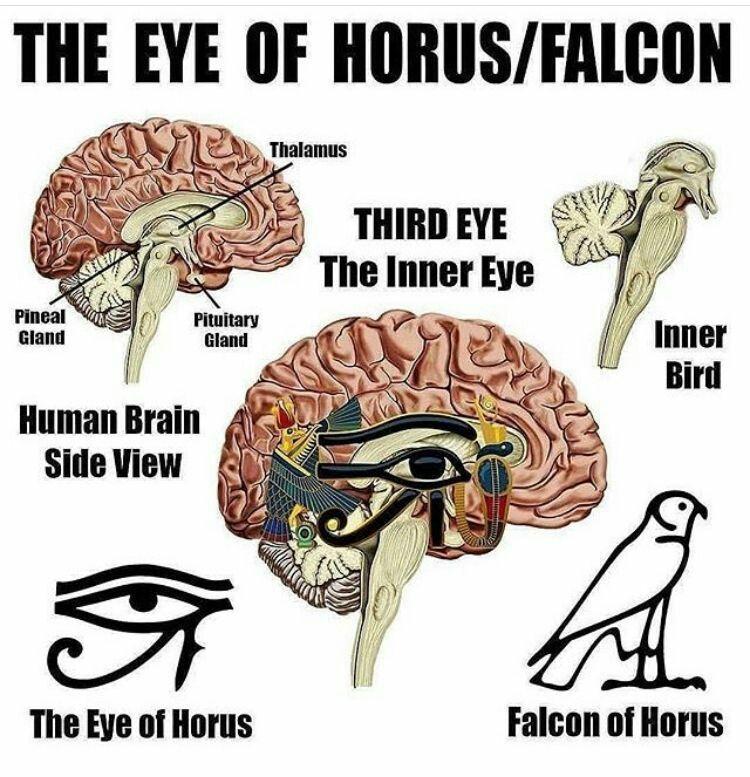
Description:
Religion works like a network in the brain. At the center of the web is the concept of God’s existence. In every cross of the web around the word God is a word that keeps faith in God alive. To convince a theist that God does not exist, one must be able to flip all these switches.
- The difficult way would be to let the theist define what God is, and let the theist explain his or her reasons for believing in God. The theist will use fictional words. Then one must ask for a definition of the given words. And again the theist is going to use more fictional words to define the fictional words. Then one must again ask for a definition of the given words. And so it will continue for many hours. The problem is that the web is gigantic, and we are all programmed in such a way that we become irritated and tired of constantly being disproved after all the mental effort we put into explaining what we believe in, which will result in the theist giving up long before having gone through the entire web to flip all the switches. As soon as one has managed to flip some switches, they will immediately be flipped back again when the theist needs them to rationalize other fictional words.
- The easiest way would be to see the web as a labyrinth where you start at the end to find your way to the start, because that excludes all the wrong starting points. Every single time the situation arises where a theist has had all the arguments they have come up with for the existence of God debunked, they are only left with the fictional word “belief” which still makes them believe. It is always belief/faith that ends the debate.
Symbolism:
The same symbolism is used for the brain where the pineal gland is in the center of the brain. In Egyptian mythology, the pineal gland was associated with the Eye of Horus.
